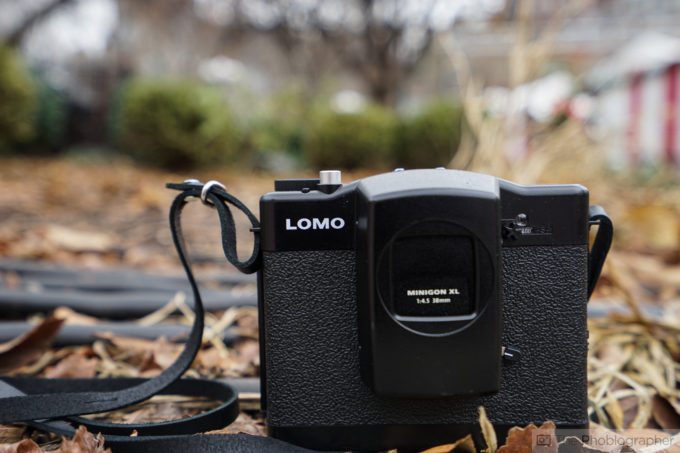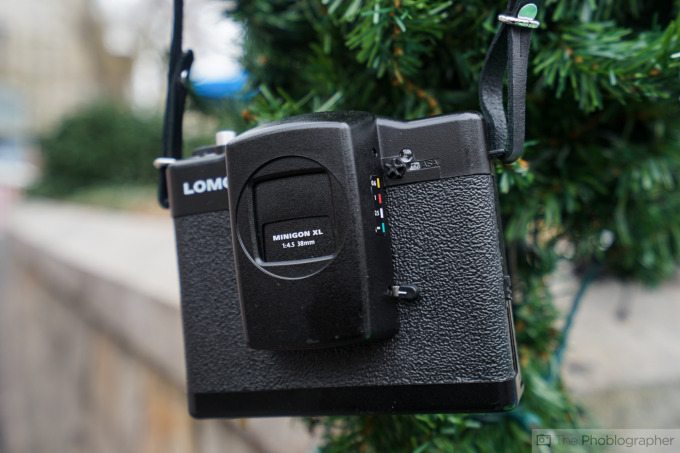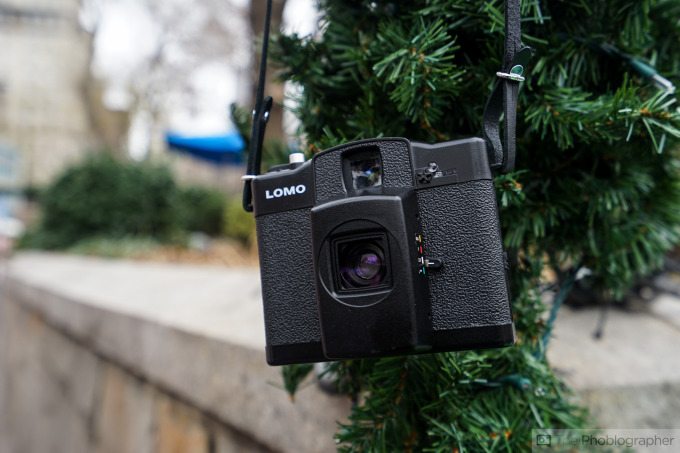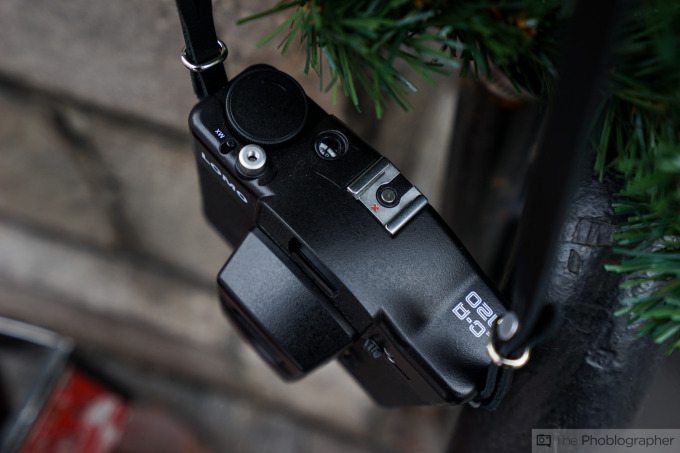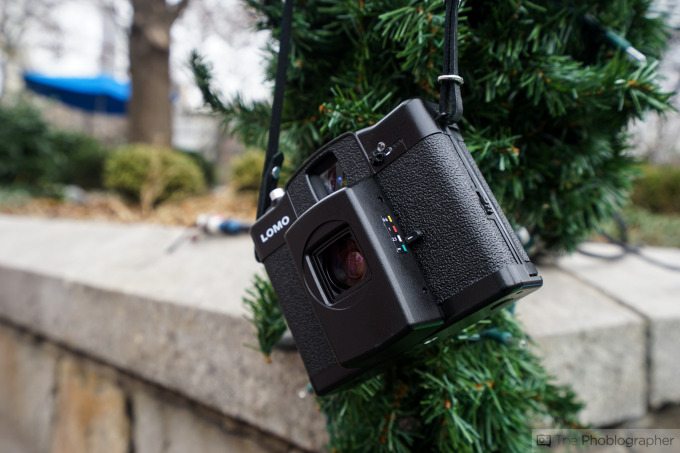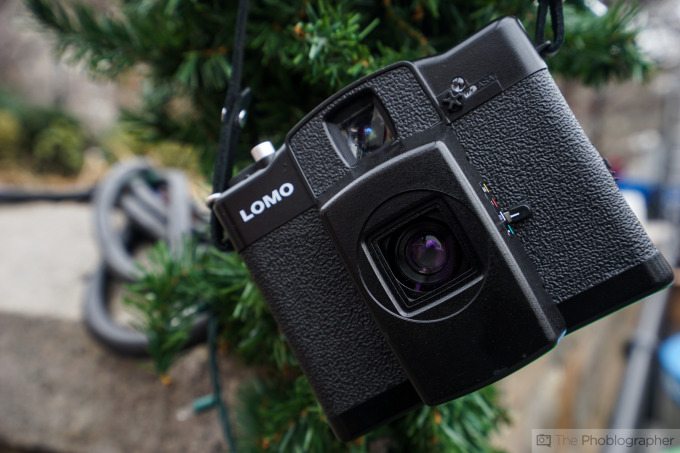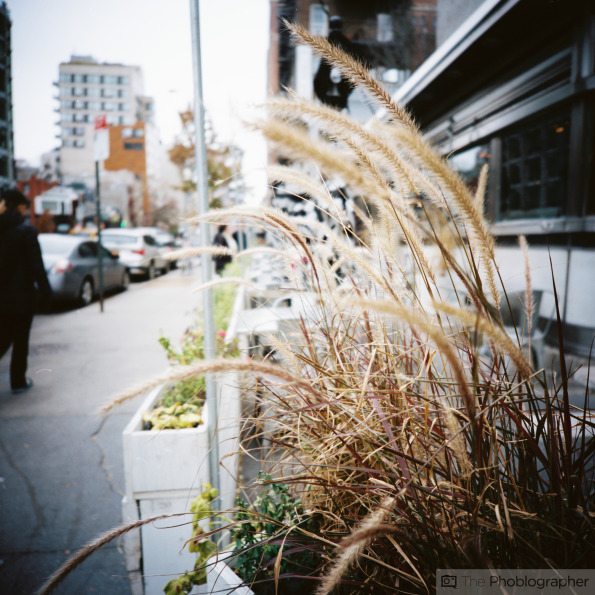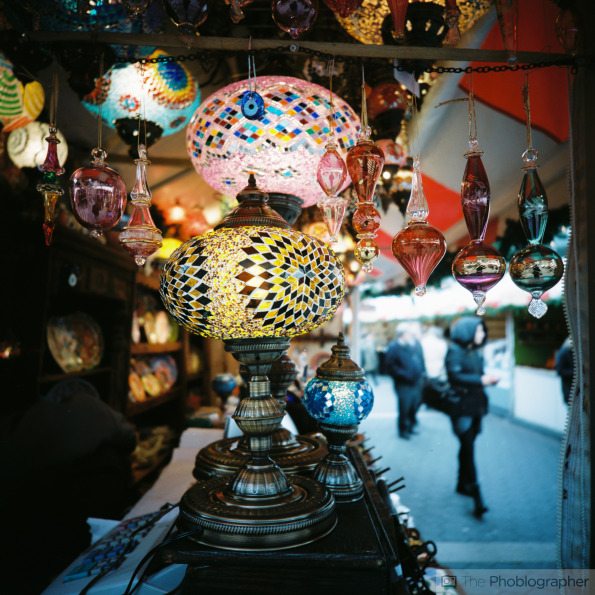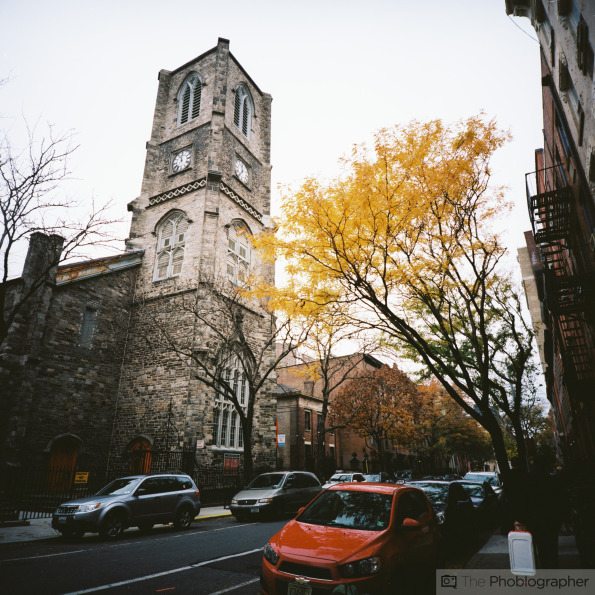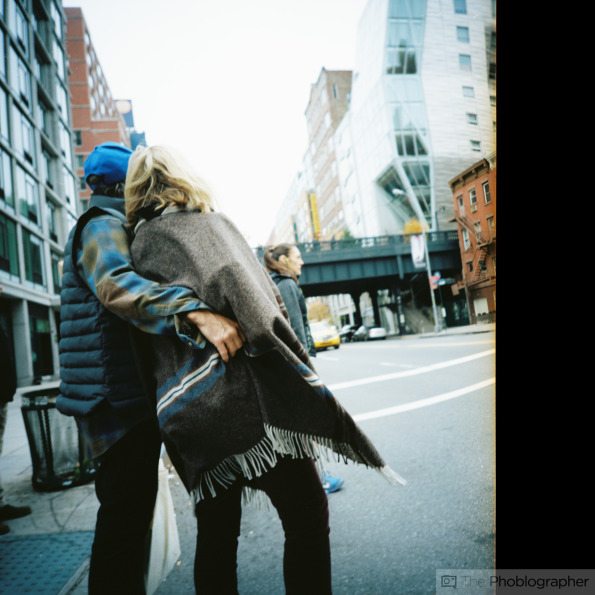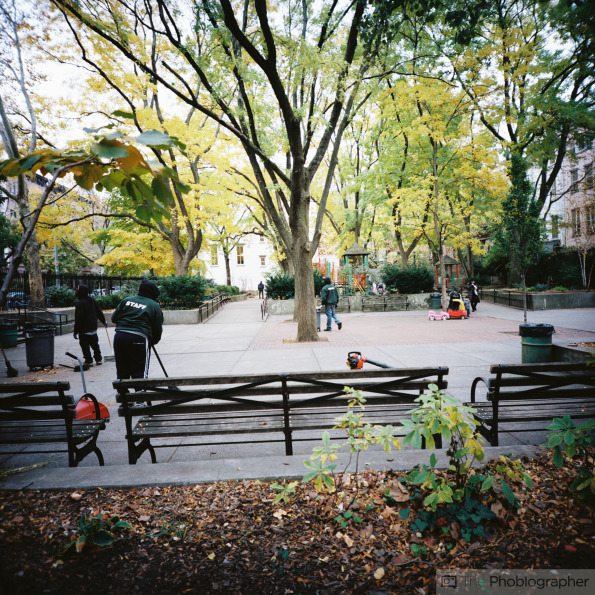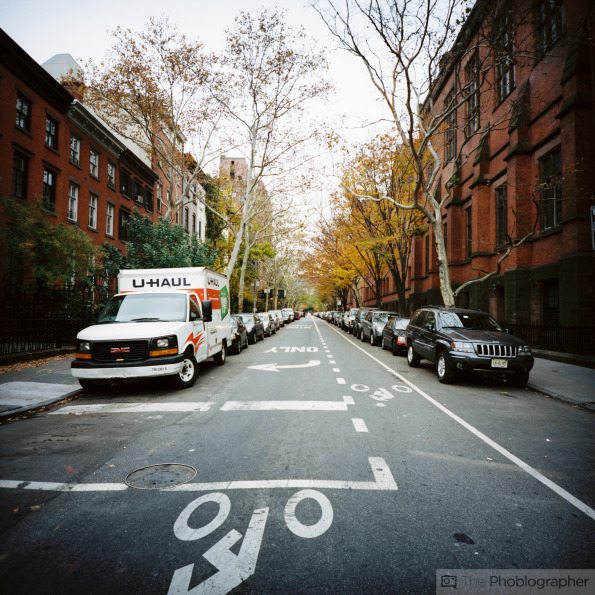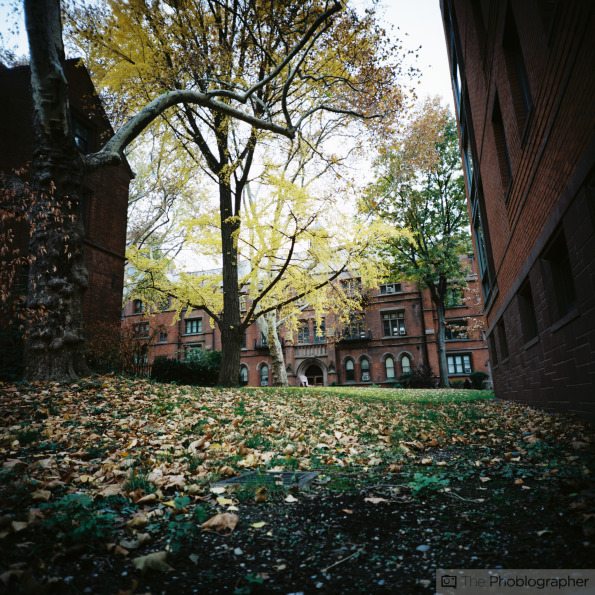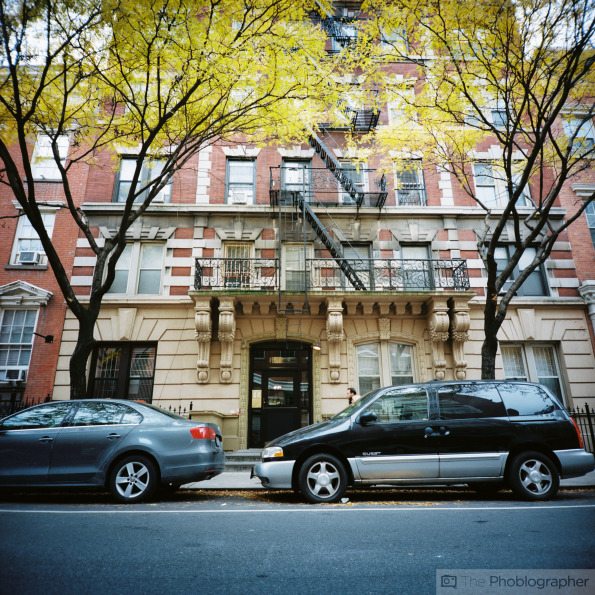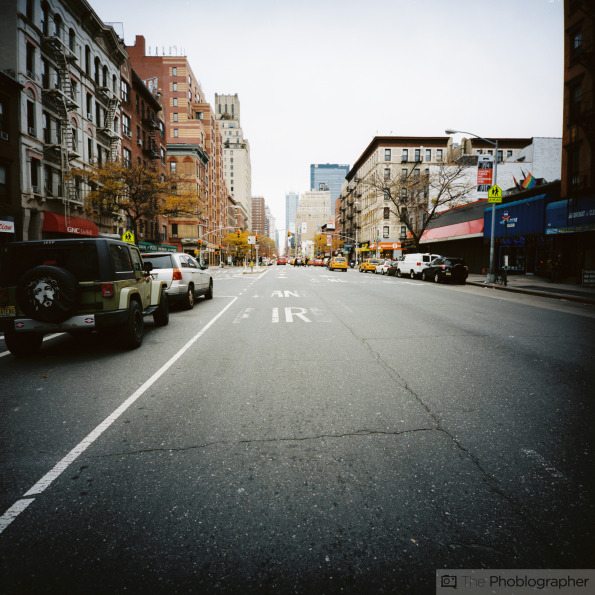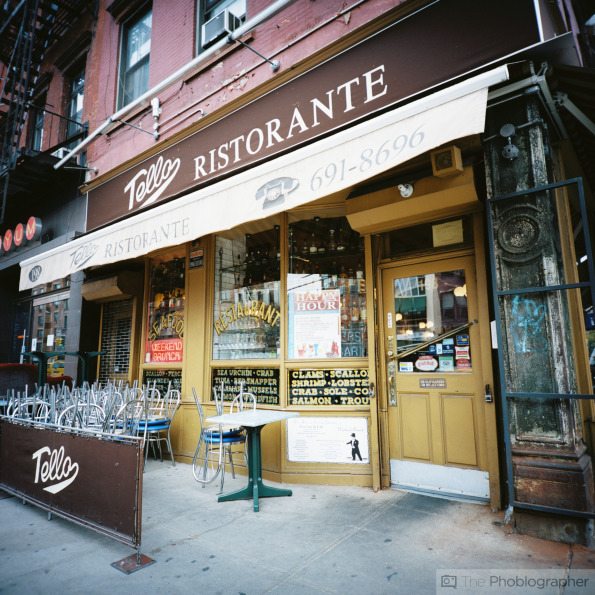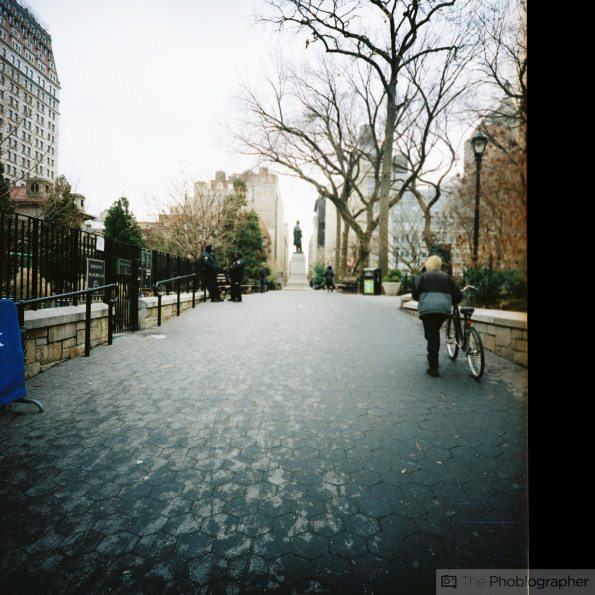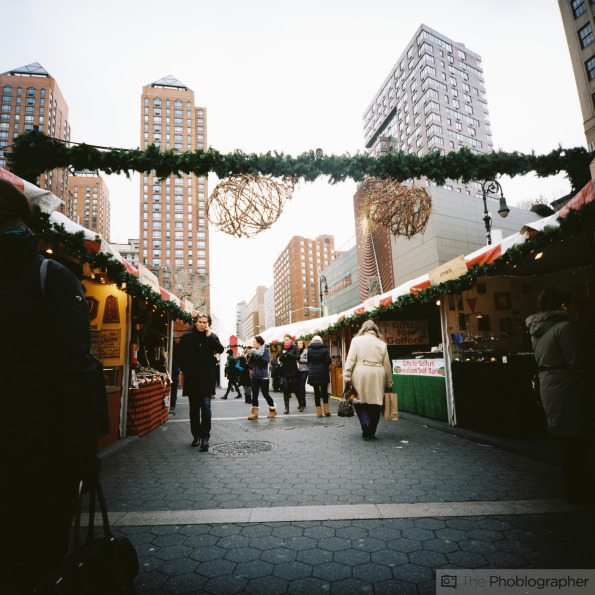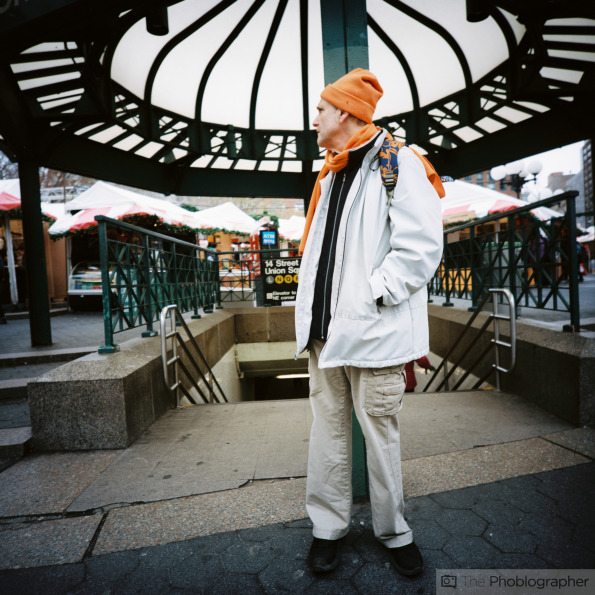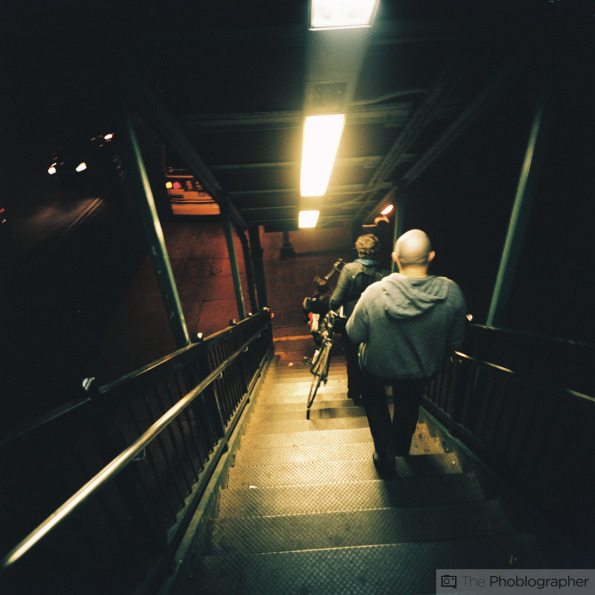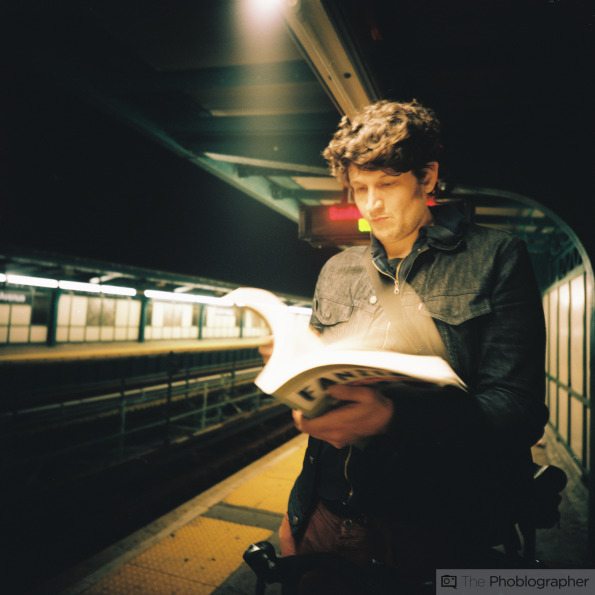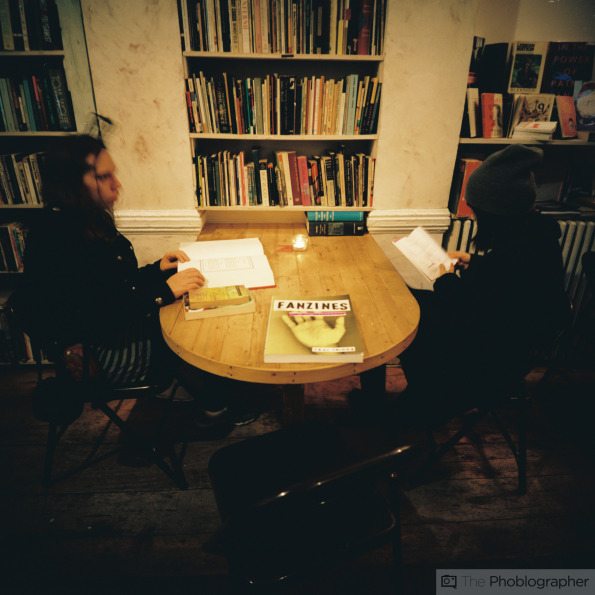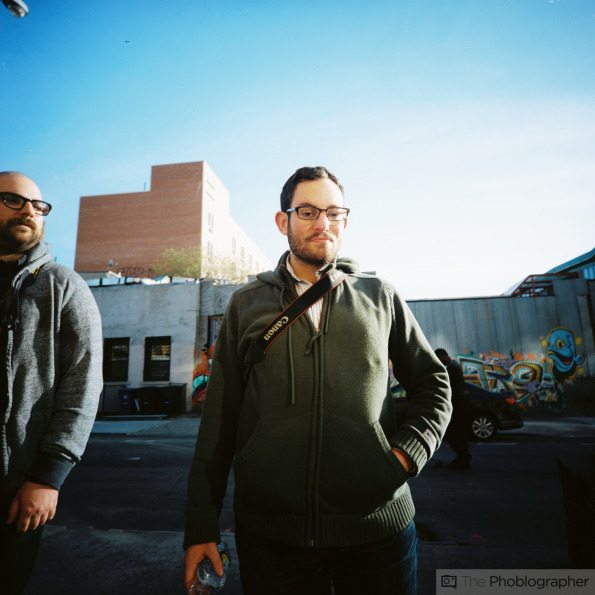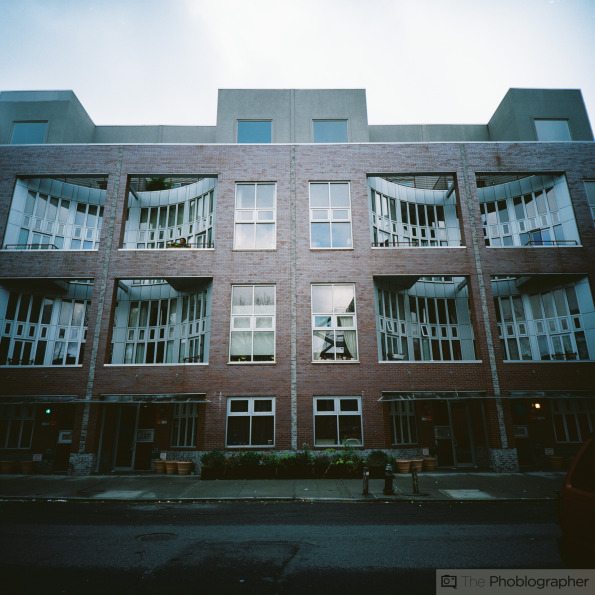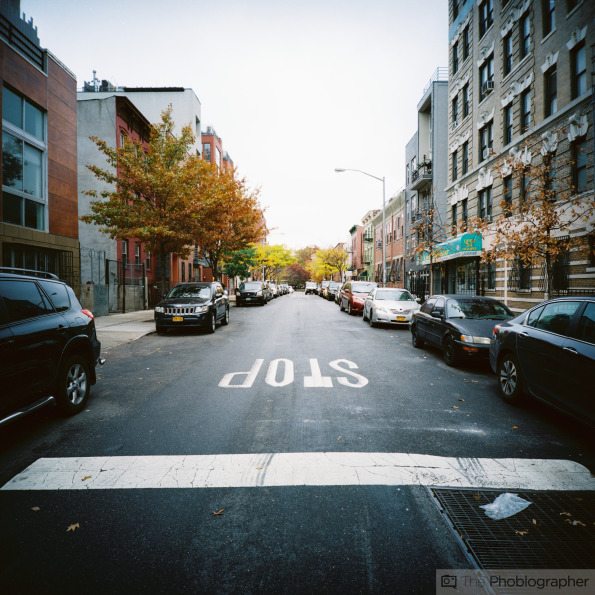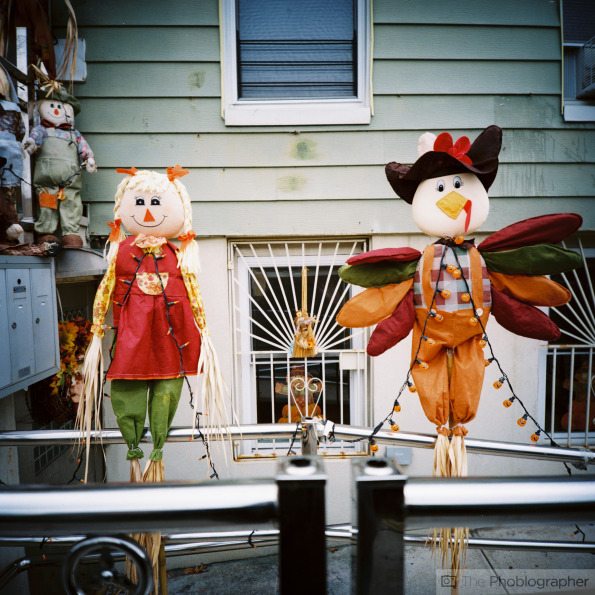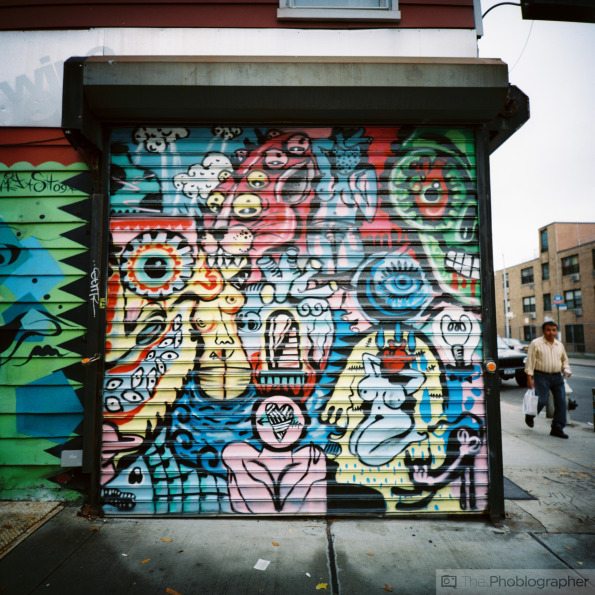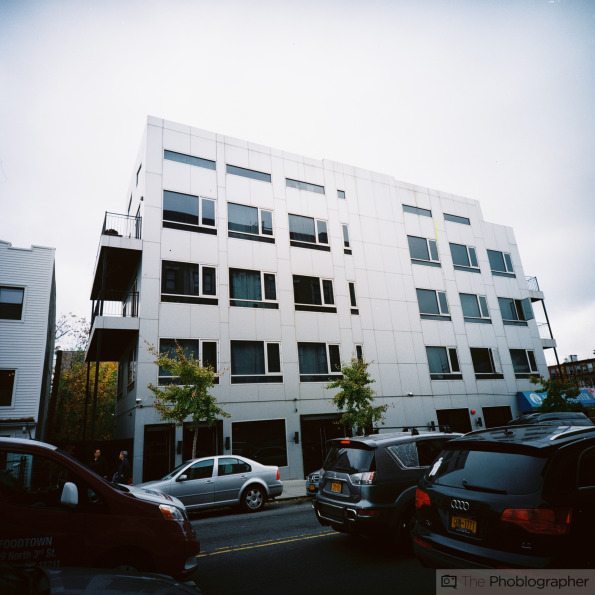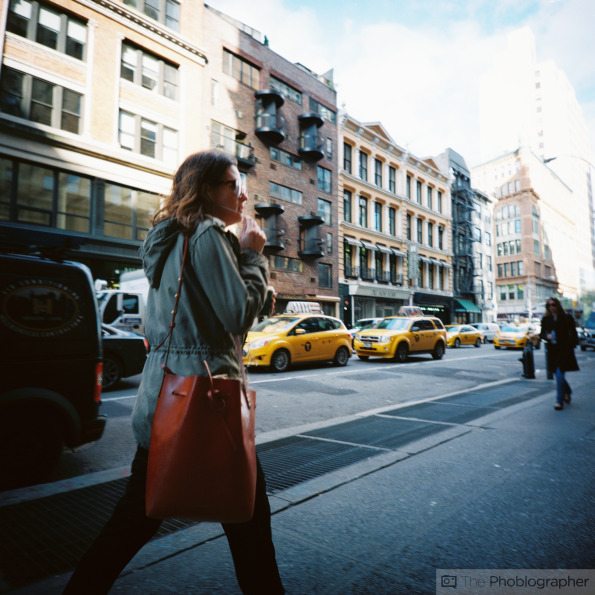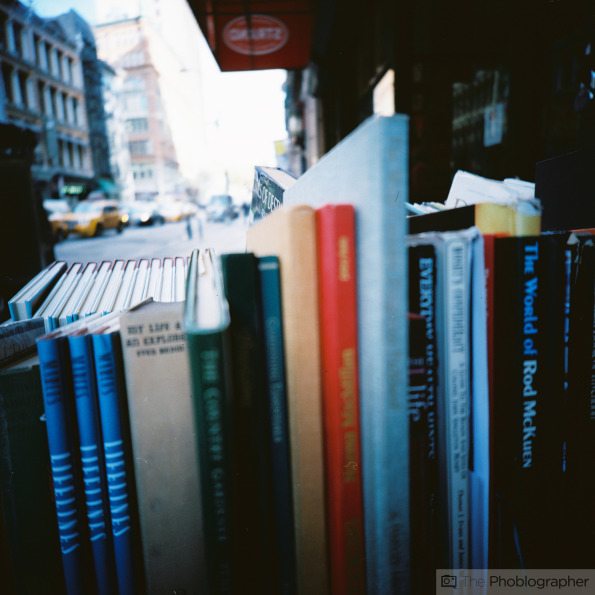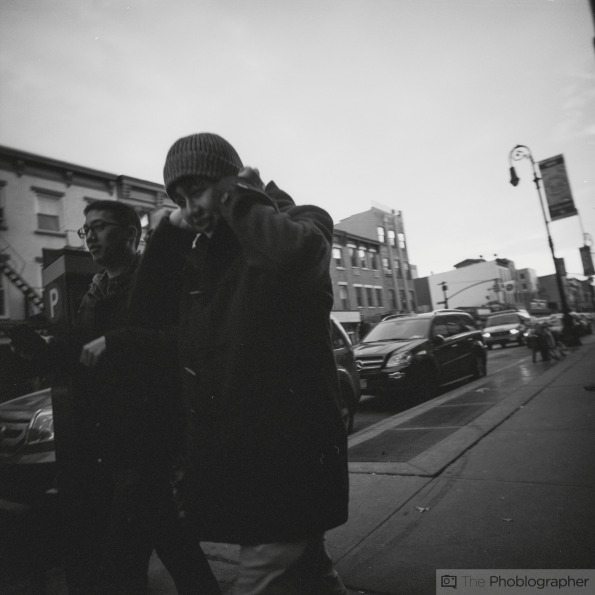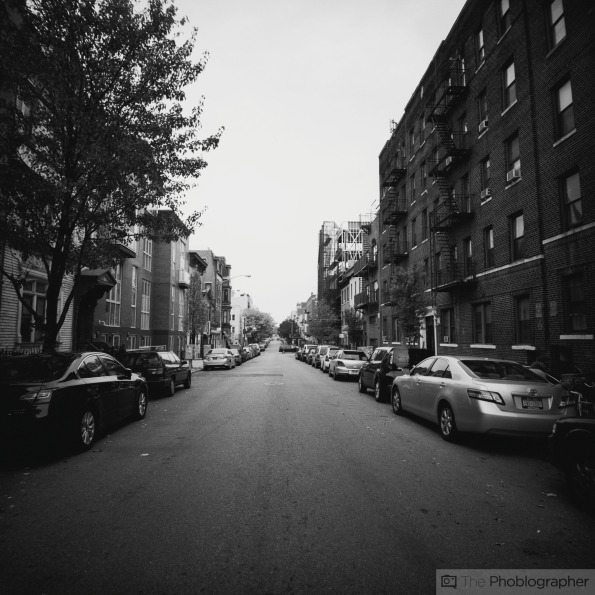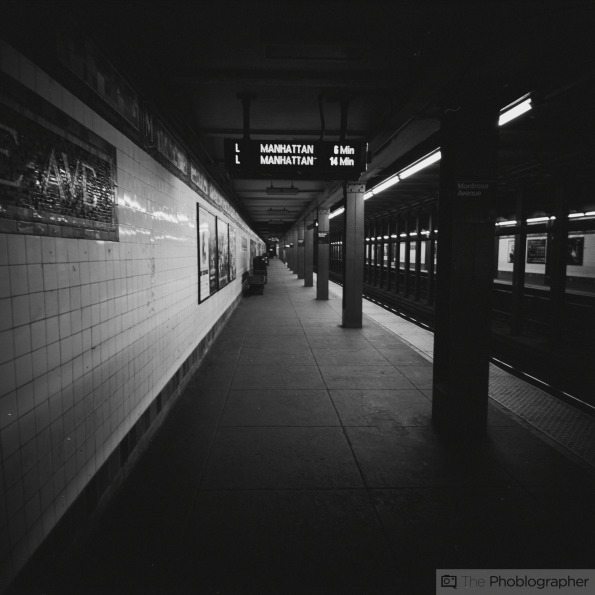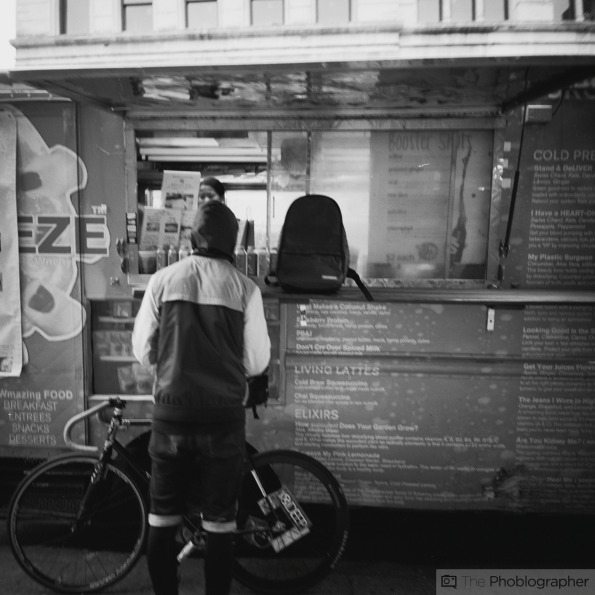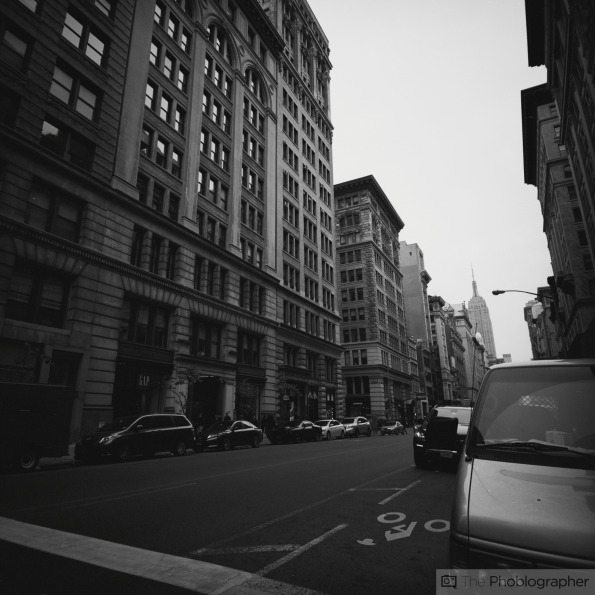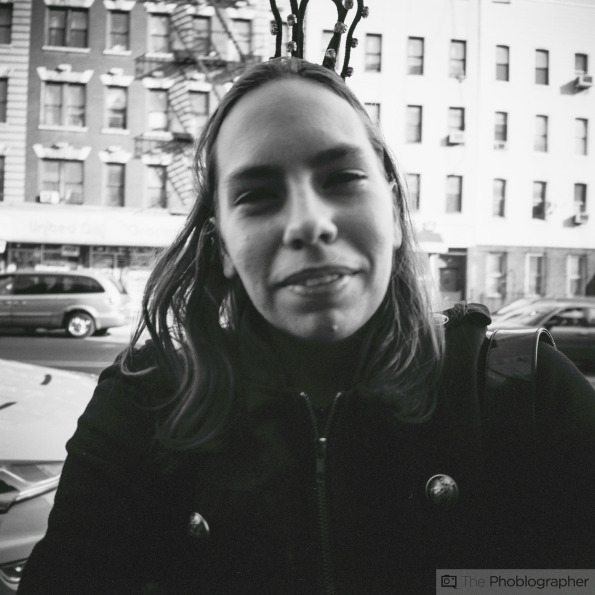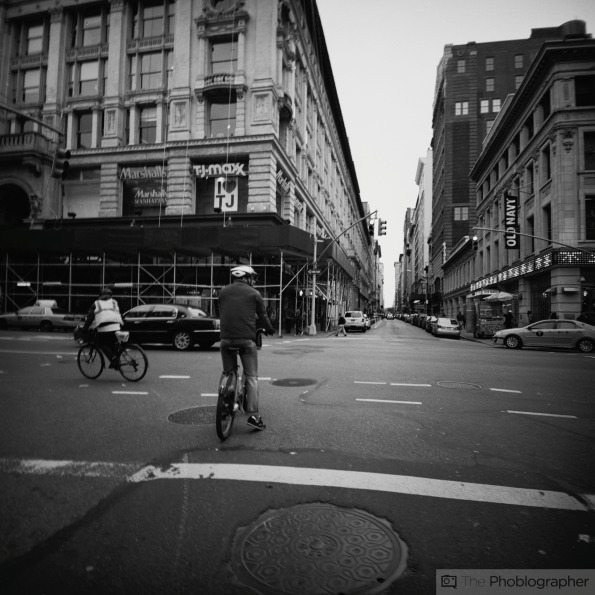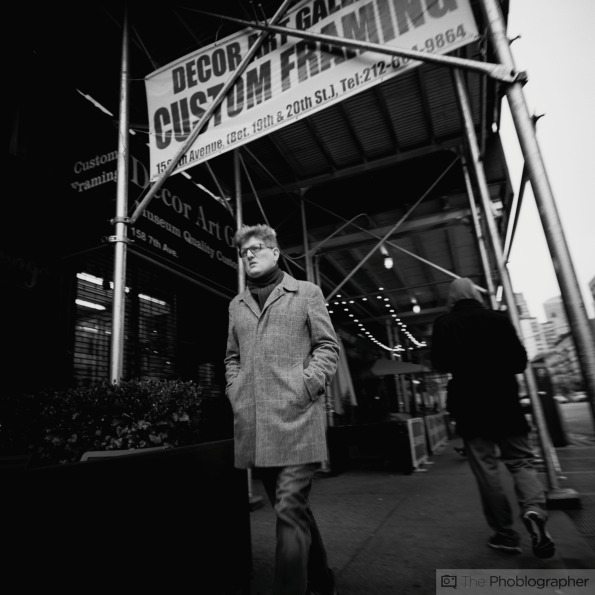Last Updated on 12/19/2014 by Chris Gampat
Earlier this year, Lomography announced the smallest 120 film camera with automatic metering ever made: the LCA 120. Traditionally, no photographer that uses 120 film on a regular basis has ever consistently wanted to shoot with a fully automatic mode. This is why many of these cameras have interchangeable backs, lenses, and various settings. There were also various medium format rangefinders, but those are another story.
The LCA 120 is a medium format (6×6) automatic metering camera with the only variable being ISO control. Focusing involves flipping a switch for zone control. Otherwise, this camera is also the most straightforward and simple medium format camera that I’ve ever touched.
This makes the LCA 120 arguably one of the best cameras that the Phoblographer has tested for street photography.
So what’s the problem?
Pros and Cons
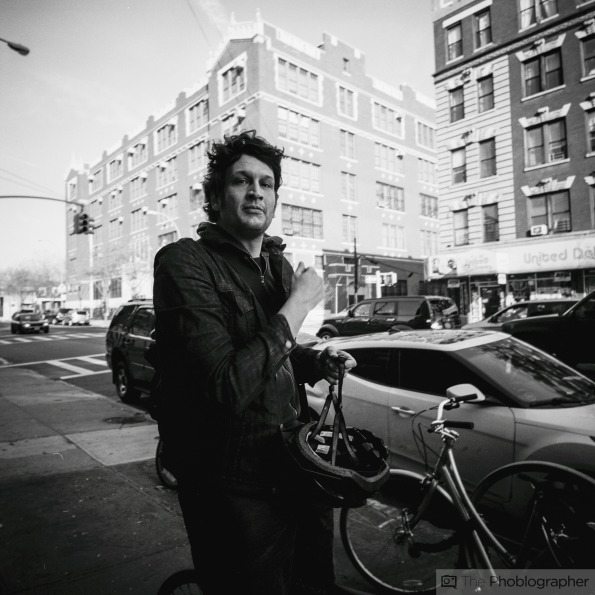
Pros
– The best street photography camera: film or digital. Pretty much nothing will beat this.
– Small, fits perfectly into a jacket pocket
– Very quick to turn on, focus, and shoot
– Grippy material on the camera gives you no major qualms about ergonomics
– Will make street photographers fall in love with film all over again
– Forces you to consistently think about exposures
– Rangefinder camera owners will feel very much at home
– 120 film usage: slaps 35mm digital sensors in the face.
Cons
– Loading can be a pain in the ass. I’ve never screamed this many curses while loading.
– Interchangeable lenses would have been AMAZING!
– Aperture control like the original LCA would have been nice, but it isn’t a deal breaker because we often got the shot
– Wish that the film advance were a double stroke lever instead of a knob
– ISO switch can turn easily
– An exposure compensation dial would have been nice.
Gear Used
We used the LCA 120 with Kodak Portra 400, Lomography Pro 400, and Kodak Tri-X 400.
Tech Specs
Taken from our original blog post announcement
- Shoot square photos on all types of 120 film
- Super compact body
- Wide-angle 38mm f/4.5 wide-angle premium glass lens
- Programmatic auto exposure
- Shoot Multiple exposures
- Shoot Long exposures with rear curtain flash
- Cable Release and Tripod thread
- Four-step zone focusing with a closest focusing distance of 0.6m
Ergonomics
Lomography’s LCA 120 is a camera that uses 120 film but does so in an extremely small camera body. It’s modelled after the 35mm version of the LCA camera, and with that we start our ergonomic tour at the front. To activate the camera, you’ll need to unlock the lens. Right now, the lens and viewfinder are both covered.
By sliding the front unit down, you unlock the lens for use and the viewfinder. The focusing switch also gets into its correct position. Said switch is on the side of the lens and each focusing zone is associated with a specific color.
On the front of the camera, you also find the ISO switch, which is the little window and knob that you see near the viewfinder.
The camera is mainly controlled via settings on the top. Here you’ll find a hot shoe, an advance wheel, a film number indicator, the release and a multiple exposure switch. The latter can be hit very easily–so always make sure that it isn’t activated.
Build Quality
The Lomography LCA 120 is made of plastic, but is every bit as solid as an entry-level DSLR and in many aspects even more solid feeling. Lomography hasn’t weather sealed the camera, but the main problem that you’d need to worry about is water affecting the light meter. But the likelihood of that happening is very small.
With many cameras, I’m often compelled to put Gaffers tape on them to give me extra grip, but this camera doesn’t need it.
Everything feels solid about the LCA 120, but the only thing that we really hate is the design of the film holders. When loading the film, you’ll notice that the camera has a ramp. The ramp needs to be hit directly in order for the film to go in and lock in place. Removing the film is far less tedious though.
Focusing
Focusing is done by adjusting a tab on the side of the camera and involves zone focusing. The camera will tell you when the lens is focusing at one distance or another. You can’t see the effects of the focusing through the viewfinder at all because the two aren’t linked like they would be in an SLR.
Again, we need to emphasize how amazingly useful this is for candid and street photography. Zone focusing is very much a standard amongst photographers in the streets, an Lomo really got it right.
Ease of Use
This camera is positioned in a way that it lends its ease of use to beginners and experts alike. While the experts will need to tone it down, the novices will have a quick learning curve providing that they keep a couple of things in mind.
If anything, the toughest thing to do with this camera is load the film.
Metering
The camera has fully automatic metering that is based on your ISO setting. For the most part, we couldn’t test the metering but we believe that you should exercise common sense when it comes to exposure. An f4.5 lens at ISO 400 isn’t going to take the most steady and blur free images at the wee hours of the night.
Image Quality
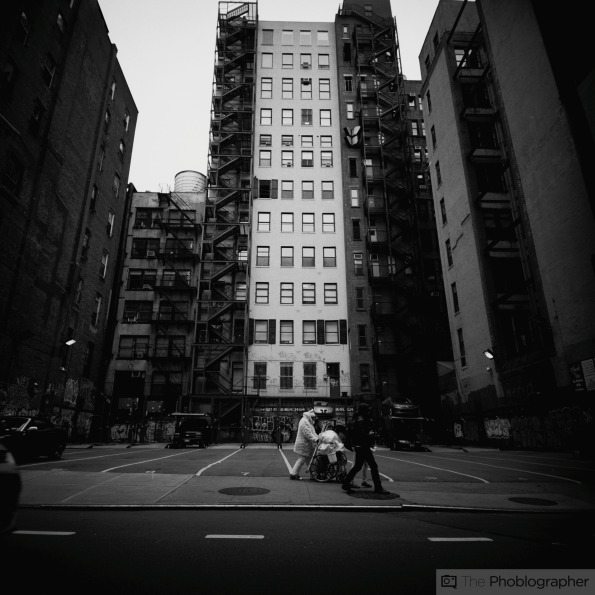
The Lomography LCA 120 is an absolute marvel of a camera when it comes to image quality. The camera has an actual glass lens as opposed to Lomography’s typical plastic lenses, and so the images you get will be comparable to a modern camera.
Considering that f4.5 is its widest aperture, you can surely bet that the images that you shoot will be very sharp. However, also consider the fact that you’re essentially dealing with a medium format point and shoot and that you’re going to have to put a lot of trust into the camera and use common sense when it comes to exposures.
The LCA 120 is a camera very much tailored towards street photography and street shooters–and we think that it’s one of the best–if not the best–option when it comes to so many different parameters of image quality.
The reasons for this are many, but it starts with the fact that the user shoots with medium format film to begin with. Then consider how good the lens is on the LCA 120. Combine the two together and you’ve got a camera that renders images that a photographer will care about–not a pixel peeper or someone that always wants to shoot in manual mode.
To be honest, manual mode for street photography is very overrated, and can sometimes make you lose the shot.
Sharpness
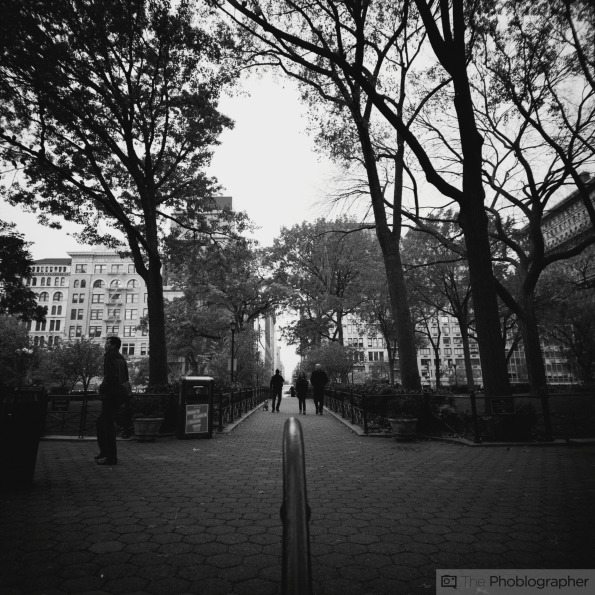
To get the sharpest images, we recommend using chrome film and getting a really, really good scanner. We think that the sharpness of the lens is terrific when it is used correctly. By that, we strongly believe that the user needs to get used to zone focusing. If the photographer is already used to it, then they’ll be amongst the happiest photographers around.
Bokeh
To start, you’re shooting with a very wide angle lens with an f4.5 aperture. To be fair though, f4.5 is very shallow on 120 film due to the large area. You can even say that it’s around f2.8-3.5 or so. The bokeh isn’t going to be anything to write home to your parents about, but it isn’t exactly terrible either.
We would surely describe is as hazy rather than creamy. It’s nothing like my Bronica ETR-S and 75mm f2.8–but at the same time this camera isn’t designed to do that.
Further: you wouldn’t exactly buy this camera for the bokeh. You’d buy it to help you capture the decisive moment.
Color Rendition
With a camera like this, color is partially dependent on the film. We shot Kodak Portra 400 and Lomography X Pro film 400. Some of this has to do with the lens too. The colors are bright, punchy, and a bit dreamy.
We really, really like them.
Color Fringing
In all of the images that we shot, we didn’t notice any color fringing–which means that the lens on this camera is a quality one. You can now rejoice.
Extra Image Samples
Conclusions
Likes
– Small size for a 1206×6 camera
– Simple operation
– Zone focusing works like a charm
– Sharp images
– Does a great job with street photography
Dislikes
– Loading the damned thing
– Wish the aperture were faster and we were given at least aperture control
I love film. I love everything about it. The way it smells, the way the images feel, the way that I can’t sit there and worry about what I just shot after the fact so I need to put more effort in beforehand. And the way that the colors come out in both black and white and color.
Of any camera that I have played with this entire year, I had the absolute most fun playing with the LCA 120. It brought me back to my roots and also made me focus completely on just capturing the moment. It’s easy to sit there and get jumbled up with the technical details, but photography isn’t all about the technicalities. It’s about capturing the moments that move you in a way that you see them.
I LOVE the Lomography LCA 120. The haters can go ahead and complain about how much it is and that’s totally cool if your thing is to sit there and complain rather than going out and shooting. But with 120 film being one of my favorites and wanting to move on away from 35mm for a while, the LCA 120 enables me to shoot street photos with my favorite film.
The images that it can render are beautiful. And in the end, it’s all about the person behind the camera and what they can do with it.
The Lomography LCA 120 receives the Phoblographer’s coveted five out of five star award along with our Editor’s Choice rating. We previously linked to it at their store. Don’t mind the price. Go pick up one up. Go now. Go shoot. Go fall in love with photography again. And go embrace the fact that you can capture a moment and reap the benefits and excitement of the efforts that you put in after developing the images.
Recommended Films
– Kodak Tri-X: The undisputed king of street photography will pair perfectly with this camera.
– Ilford Delta 400: I personally am a bigger fan of Delta than I am of Tri-X. That’s why it’s on this list.
– Kodak Portra 400: Use this if you’re on a trip or doing some sort of cool fashion shoot. Otherwise, just stick with the black and white stuff.


